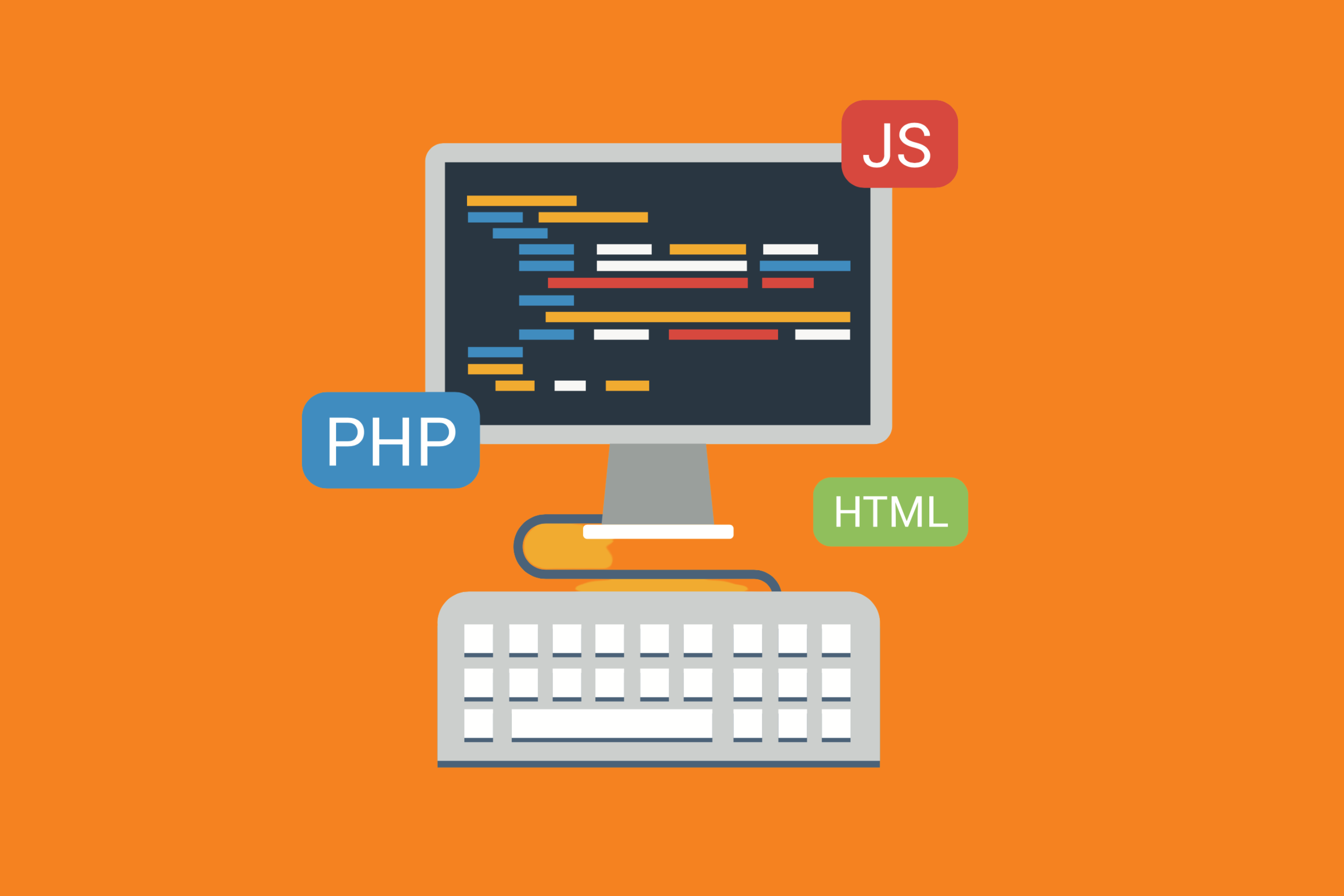Even the HR department needs a strategy to meet the organization’s larger goals. That’s why it’s crucial for HR managers to understand project management best practices.
A good HR project manager will have ongoing projects that will ultimately play a foundational role in how a company’s workforce will transform to meet the needs of the larger organization. This is why a good HR project will be one that:
- Aligns with an organization’s business needs
- Has methods in place to plan, measure, and prepare according to the outlined needs and goals
- Allows for accessible communication with stakeholders
- Promotes collaboration
- Outlines measures to more accurately gauge project success
- It gives room for assessment to note what is working – or what isn’t – to help continuously refine approaches
When it comes to HR, having best practices in place will help you better organize and manage projects as they arise and help adjust for more extensive organizational changes as needed. Whether you’re just starting to organize yourself or need a refresher on where to focus your energies, start here!
Focus on Team Development – Not Team Building
Team development gives members the skills they need to flourish and succeed. As an HR manager, your job is to ensure that all team members are constantly offered the training they need to excel at their positions. This is different from team building, which is more about developing interpersonal relationships. While both are important, when you’re working from a project management context, likely you’re working to make sure the company has all of the critical team members in place to allow the organization to succeed.
By developing the team, you can be more strategic about hires. Do you need a specific type of developer, for example, or are there already people in place that can absorb some of that workload? Is it critical to hire a new marketing manager? Which department needs the most crucial attention according to the company’s outlined growth goals? All of this can be uncovered in the context of looking at the existing team and finding which holes need to be filled and which areas need more thorough development.
Find the Right Tools for the Job
Like any project management project or task, having the right tools on hand can help an HR project manager do a lot of heavy lifting to stay organized and on-task. Solutions such as Asana or Trello can help break down more significant pieces into more manageable parts and help manage responsibilities across people.
Formalize the Project with Documentation
Projects can get derailed easily, either by going overtime or over budget. This usually occurs when there is no precise formalization of what the project entails. By being very clear from the outset of what the project is (ex: to grow the marketing team by 5% in the first quarter of 2022) and what resources will be allocated to the goal (ex: in the form of budget, tools, and/or personnel), you’re less likely to get sidelined by stakeholders that attempt to change the rules of the game half-way through. By formalizing the project via documentation (and by having all relevant stakeholders sign off on the project scope), you’ll be empowered, as a project manager, to use the resources at your disposal to see the project to its conclusion.
Hold a Kickoff Meeting
Another critical aspect of project management is starting strong. Once the documentation has been formalized, it’s a good idea to hold a kickoff meeting with all involved to outline the agreed-upon goals and how each individual will be working towards finalizing the project.
Holding a kickoff meeting builds enthusiasm and will help create momentum throughout the project. It can help clarify aspects or roles and build essential relationships that will also take the entire team through to the end.
Stay Agile
While Agile is typically used for software development, the general outlines can be helpful in any project management setup. That includes having a project broken into parts (beginning, middle, end) that can be further segmented into smaller tasks. Tasks can be organized into sprints that can help teams meet deadlines and satisfy even the most extensive project seem manageable, with everyone taking small bites out of an immense task until the specific section is done.
Another massive benefit to the Agile approach is allowing for the reality that small pivots might need to happen. By breaking down projects into more manageable sections and deadlines, project managers can review and adjust as necessary throughout the project to keep everyone on track while managing expectations.
Build Out a Project Plan
Note that a project plan is slightly different from a project document. While a project document will lay out the goal, the plan outlines how the team will get there. By keeping the “how” SMART (specific, measurable, actionable, responsible, timebound), you can build consensus around the project by ensuring everyone is aware of their tasks and how each part supports the larger goal. The most important part of the plan is to build a consensus on the way forward. It’s an excellent opportunity to gain insights into how a project could be more thoughtful if tweaks were made in specific approaches or to explain to team members why certain things are the way they are in the plan and the thought process behind the ordering and dissemination of tasks. Finally, remember that if you choose the route of being as transparent as possible, and by hearing out ideas from team members, you’ll have an easier time building consensus and will like to keep everyone excited to hit predetermined goals.
Debrief and Learn From Every Experience
Once you’ve reached the end of the project, there’s still more work to be done. By keeping everything well documented throughout the project, it will be much easier to look back on the experience as a whole. You and your team can revisit various aspects of the project to look at where, for example, bottlenecks occurred or where scope creep began to happen and take note of what worked or didn’t. These lessons can help you adapt and improve your processes for the next project. Each new iteration can get better and better by debriefing and looking for ways to improve upon, allowing you to streamline operations as you go.
Integrate Git with Jira using Bitband. We have a variety of great highly-rated plugins for Bitbucket, GitHub, Gitlab (and more) available now on the Atlassian marketplace.
Want more Bitband insights? Check out:






